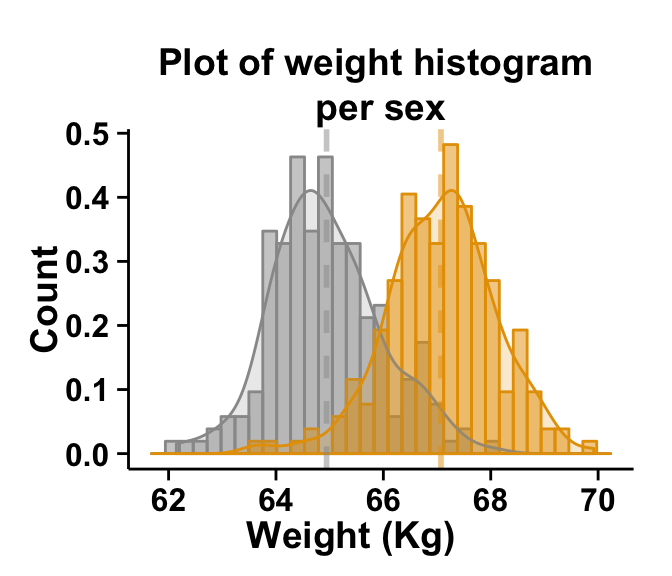

That might sound complicated, but it’s really just about connecting variables in your dataframe to axes and other attributes of your chart. The aes() function enables you to “map” variables to aesthetic attributes in your visualization. The aes functionĪlso inside the ggplot() function, you’ll find a call to the aes() function. Remember that ggplot2 is set up to visualize data that’s in dataframes, so you need to provide the name of a dataframe as the argument to this parameter.įor example, if you have a dataset named txhousing, you’ll set data = txhousing. The data parameter enables you to specify the dataframe that contains the variable you want to plot. Inside the ggplot() function, you’ll find the data parameter. However, the exact details for everything else will differ from visualization to visualization. You’ll use it every time you create a visualization with ggplot2. The ggplot() function simply initiates plotting with the ggplot2 data visualization system. I’m going to try to explain everything in a fair amount of detail, but if you’re not already familiar with ggplot2, you might want to review our ggplot2 tutorial for beginners. Now, let’s take a look at the syntax for creating a histogram with ggplot2.
GGPLOT HISTOGRAMS HOW TO
With that in mind, let me show you how to create a ggplot histogram. The syntax is easier to modify, and the default plots are fairly beautiful. Ggplot2 is a powerful plotting library that gives you great control over the look and layout of the plot. If you need to create a histogram in R, I strongly recommend that you use ggplot2 instead. And they produce charts that are relatively ugly. The old school plotting functions for R are poorly designed. This is the old way to do things, and I strongly discourage it. Specifically, you can create a histogram in R with the hist() function. You can create an “old school” histogram in R with “Base R”. There are actually several ways to create a histogram in R. Let’s quickly discuss how we can create histograms in R. As data scientists, we use a programming language like R to do all of these calculations for us and plot the result. Obviously though, we don’t do this manually. They help us see how the data are distributed. And collectively, the collection of bars in the histogram show us the shape of the data.

When we plot all of these bars together (again, one for each range) we get a histogram. The length of each bar represents the count of the number of records. So each range for the variable we’re analyzing will have a bin associated with it. This numeric variable is then divided up into ranges, which are often called “bins.”įrom there, we count the number of records for each bin and plot the number of records as a bar. This is the variable that we want to visualize, so we can see how it’s distributed. Typically, we map a numeric variable to the x-axis. Specifically, histograms show us the count of the number of records for particular ranges of a variable. They’re important, because the help us visualize and explore data distributions. In fact, they’re probably one of the top 3 or 4 most important visualization techniques. Histograms are very important for data visualization, data exploration, and data analysis. If you need to understand the syntax or see some examples, then you can skip to the sytnax section or the examples section. Very quickly, let’s review what histograms are and how they’re structured. If you need something specific, just click on any of the following links.Īs always though, you’ll learn more if you read the blog post carefully from start to finish. It’ll explain the syntax of the ggplot histogram, and show step-by-step examples of how to create histograms in ggplot2. This tutorial will show you how to make a histogram in R with ggplot2.


 0 kommentar(er)
0 kommentar(er)
